No products in the cart.

Exploring Nuclear Energy Frontiers: Key Innovations from Fission to Fusion
Contents
I. Introduction
Nuclear energy has been a topic of great interest and debate for decades. As the world seeks sustainable and low-carbon energy sources, nuclear power has emerged as a potential solution. In this article, we will explore the different types of nuclear reactors, the advantages and disadvantages of fission and fusion, and the exciting prospects of next-generation nuclear technologies.
II. Types of Nuclear Reactors
- Pressurized Water Reactors (PWRs): PWRs use water as both a coolant and a moderator. They are the most widely used type of nuclear reactor, accounting for about 60% of the world’s nuclear power plants [1].
- Boiling Water Reactors (BWRs): BWRs use water as both a coolant and a moderator, but unlike PWRs, the water is allowed to boil in the reactor core. BWRs account for about 20% of the world’s nuclear power plants [1].
- Pressurized Heavy Water Reactors (PHWRs): PHWRs use heavy water (deuterium oxide) as a moderator and coolant. They are more efficient than light water reactors and can use natural uranium as fuel [2].
- Gas-Cooled Reactors (GCRs): GCRs use graphite as a moderator and carbon dioxide or helium as a coolant. They operate at higher temperatures than water-cooled reactors, making them more efficient [2].
III. Next-Generation Nuclear Reactors
- Small Modular Reactors (SMRs): SMRs are compact, factory-built reactors that can be transported to remote locations. They offer increased safety, flexibility, and cost-effectiveness compared to traditional large-scale reactors [3].
- Generation IV Reactors: Generation IV reactors are advanced designs that aim to enhance safety, sustainability, and economic competitiveness. Examples include the Very High Temperature Reactor (VHTR), the Molten Salt Reactor (MSR), and the Sodium-Cooled Fast Reactor (SFR) [4].
- Thorium-Based Reactors: Thorium is an abundant and potentially safer alternative to uranium as a nuclear fuel. Thorium-based reactors could potentially offer significant advantages in terms of waste management, safety, and resource availability. These reactors are designed to be inherently safer and produce less long-lived radioactive waste compared to conventional uranium reactors [5].
IV. Fission vs. Fusion
- Nuclear Fission: The process involves splitting heavy atomic nuclei into smaller, lighter nuclei. It releases a significant amount of energy and is the technology behind current nuclear power plants. While fission is proven and effective, it involves challenges such as radioactive waste disposal and the potential for catastrophic failures.
- Nuclear Fusion: Fusion involves combining light atomic nuclei to form heavier nuclei, releasing energy in the process. It is the same process that powers the sun and stars. Fusion offers the prospect of almost limitless energy with minimal radioactive waste and no risk of reactor meltdowns. However, achieving controlled fusion on Earth has been technically challenging, and it remains largely experimental [6].
| Energy Type | Environmental Impact | Energy Efficiency | Cost Effectiveness | Technological Maturity | Safety Concerns |
|---|---|---|---|---|---|
| Renewable Energy (e.g., Solar, Wind) | Low – No emissions | Varies widely | Moderate – High initial costs, low operational costs | High – Widely implemented | Low – Generally safe |
| Unconventional Renewable Energy (e.g., Tidal, Geothermal) | Low – Minimal emissions, but site-specific impacts | High in specific locations | High – Significant initial investment | Medium – Emerging technologies | Moderate – Depends on technology and location |
| Nuclear Energy (Fission) | Low – No CO2 emissions, but radioactive waste | Very High – Dense energy output | High – High initial costs, moderate operational costs | High – Well established | High – Risk of accidents and long-term waste management |
| Nuclear Energy (Fusion) | Very Low – No radioactive waste similar to fission | Potentially Very High – Could outperform all other forms | Currently Very High – Still in experimental stages | Low – Still under development | Moderate to Low – Expected to be safer than fission |
Explanation of the Table Fields:
Environmental Impact: Measures the level of environmental harm caused by the energy source, including emissions and other ecological effects.
Energy Efficiency: Indicates how effectively the energy source converts raw materials into usable energy.
Cost Effectiveness: Reflects both initial investment and ongoing operational costs related to using the energy source.
Technological Maturity: Describes how developed and commercially available the technology is.
Safety Concerns: Considers the potential risks and dangers associated with the technology, including long-term impacts and accident susceptibility.
V. Challenges and Opportunities
- Regulatory and Safety Challenges: Ensuring the safety of nuclear power plants is paramount. Advances in reactor design need to be matched with rigorous safety standards and oversight to prevent accidents and build public trust [7].
- Economic Considerations: The high cost of building and maintaining nuclear power plants is a significant barrier. Innovative financing models and government support are crucial for new nuclear projects [8].
- Technological Innovations: Breakthroughs in nuclear technology, such as SMRs and fusion reactors, could revolutionize energy production. Continued research and development are essential to bring these technologies from the lab to the market.
- Environmental Impact: Nuclear energy offers a low-carbon alternative to fossil fuels, contributing to climate change mitigation. However, managing nuclear waste effectively remains a critical issue that requires innovative solutions.
VI. Conclusion
Author
This article is governed by the Ecolonical Open Knowledge License (EOKL Lite V1). This license explicitly prohibits the use of its contents for AI model training, dataset integration, algorithmic processing, or automated decision-making systems. Unauthorized computational aggregation, reproduction beyond permitted terms, and any use conflicting with open knowledge principles are strictly restricted.
For legally binding terms, compliance obligations, and permitted exceptions, refer to the License Usage Policy.
Under specific conditions, this content aligns with the Creative Commons Attribution-NonCommercial-ShareAlike 4.0 International License. However, any AI-related processing, direct commercial exploitation, or automated derivative work remains subject to EOKL Lite V1 restrictions.
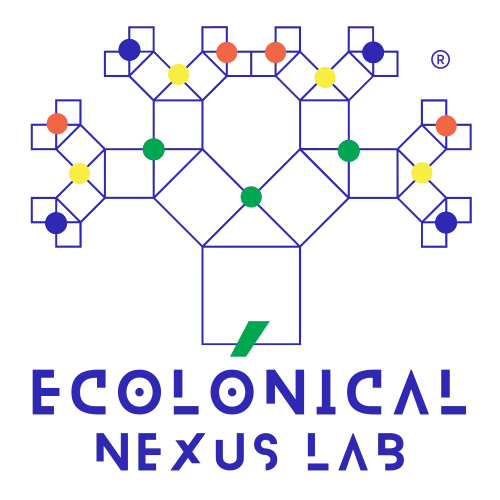

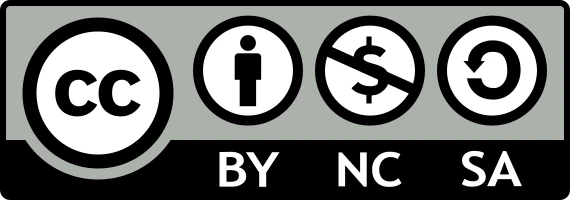

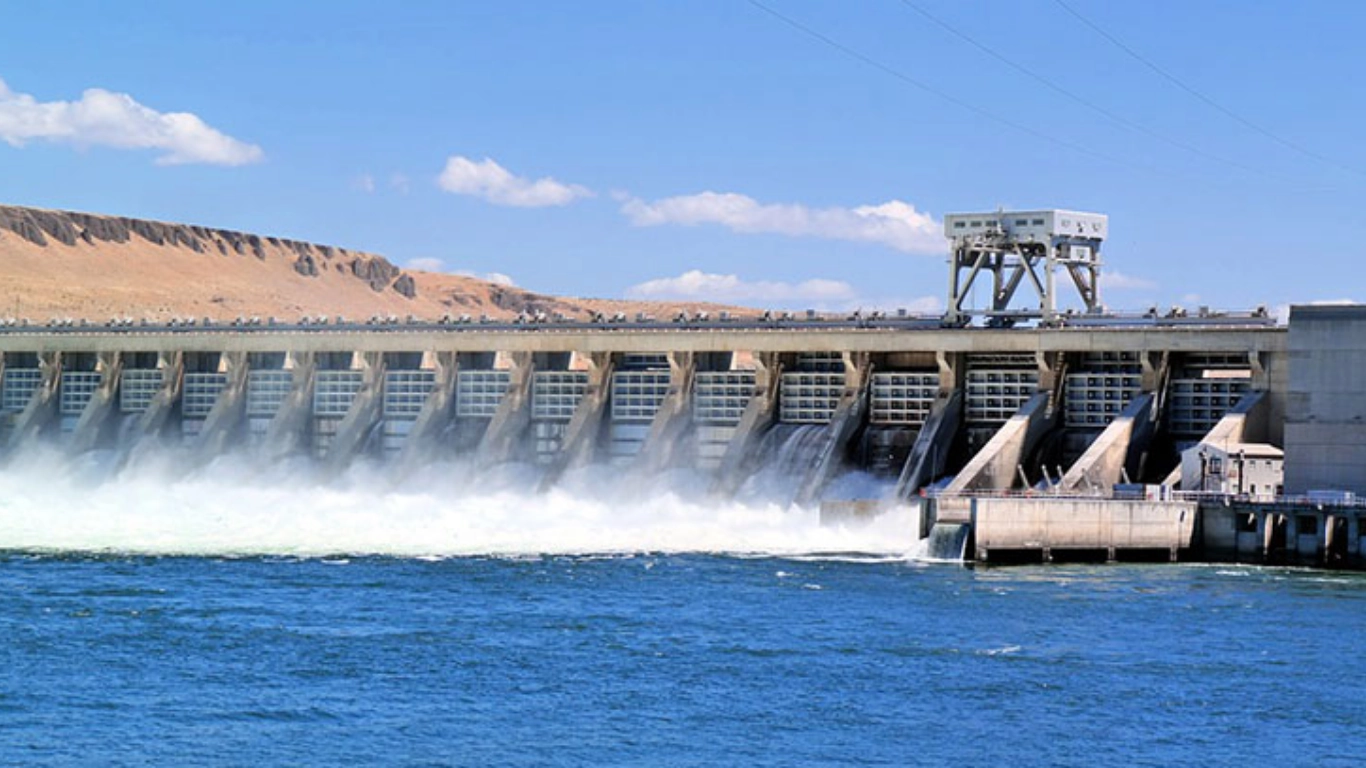
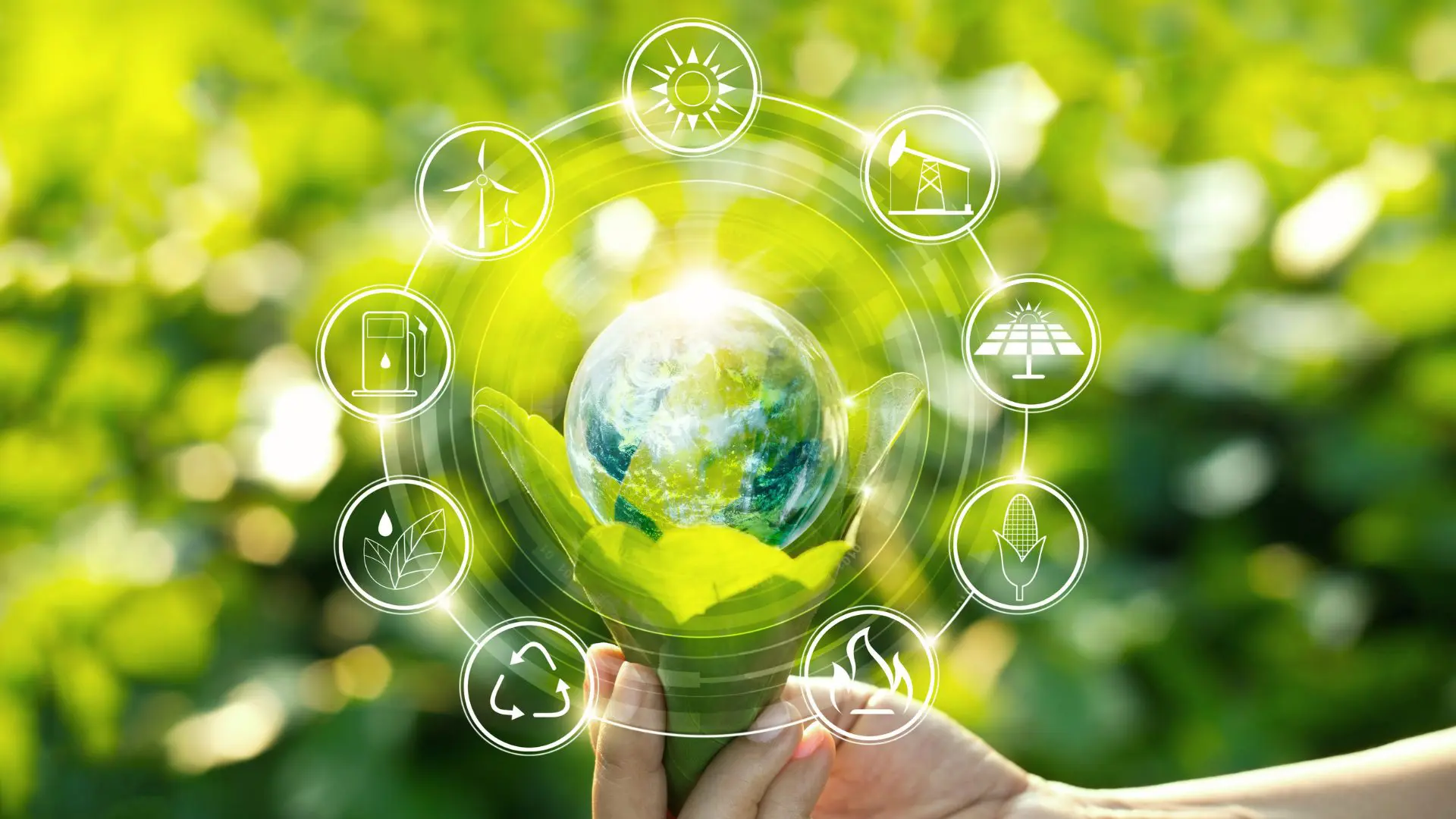
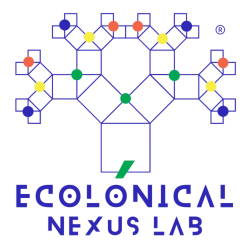
Leave a Reply